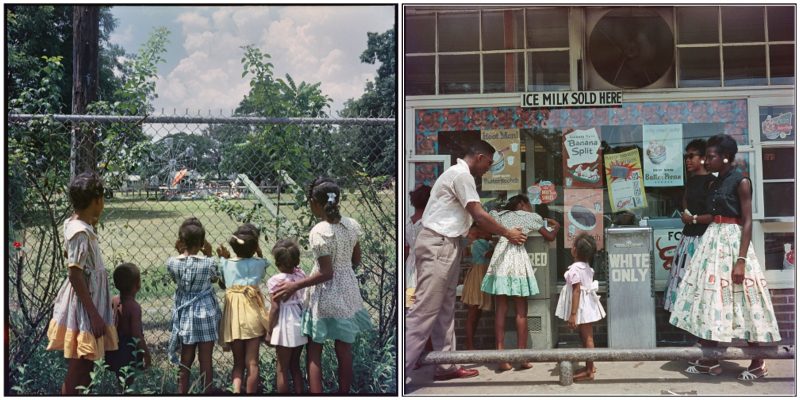Gordon Parks was a pivotal African-American photographer, musician, writer and film director, who became prominent in U.S. documentary photojournalism in the 1940s through 1970s—particularly in issues of civil rights, poverty and African-Americans—and in glamour photography
As the first famous pioneer among black filmmakers, he was first African-American to produce and direct major motion pictures—developing films relating the experience of slaves and struggling black Americans, and creating the “blaxploitation” genre.
Rhona Hoffman Gallery holds an amazing exhibition of Gordon Parks’ crucial photographs from his Segregation Story series. The photos were first published in Life magazine 1956 and helped Parks to flourish his career during the Civil Right movement.
The photos that depict the life during the period of Segregated America will be on display at Rhona Hoffman Gallery until 20 February 2016. Below is just a small part of the exhibition.
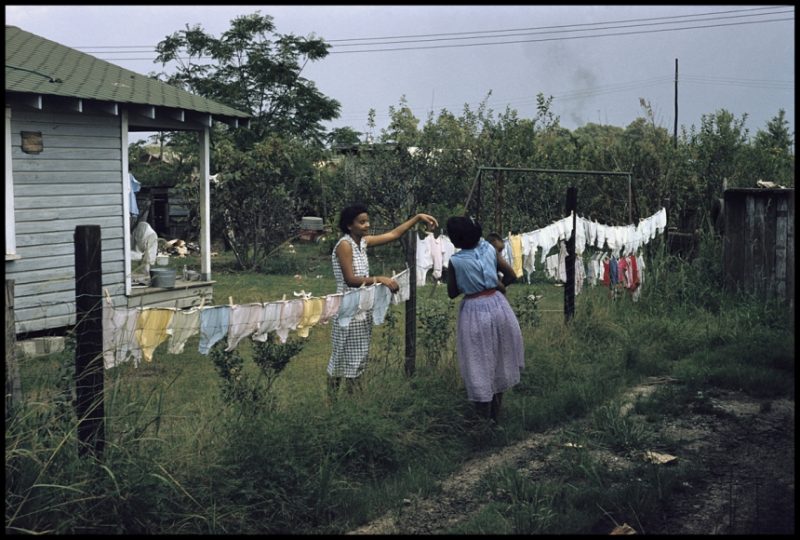
Parks was born in Fort Scott, Kansas, the son of Sarah (née Ross) and Jackson Parks, Nov. 30, 1912. He was the last child born to them. His father was a farmer who grew corn, beets, turnips, potatoes, collard greens, and tomatoes. They also had a few ducks, chickens, and hogs.
He attended a segregated elementary school. The town was too small to afford a separate high school that would facilitate segregation of the secondary school, but blacks were not allowed to play sports or attend school social activities,and they were discouraged from developing any aspirations for higher education. Parks related in a documentary on his life that his teacher told him that his desire to go to college would be a waste of money.
When Parks was eleven years old, three white boys threw him into the Marmaton River, knowing he couldn’t swim. He had the presence of mind to duck underwater so they wouldn’t see him make it to land
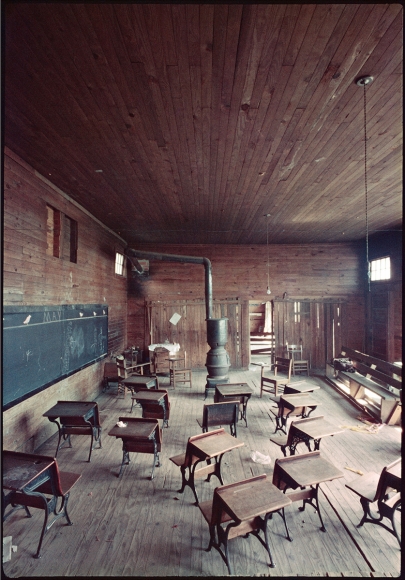
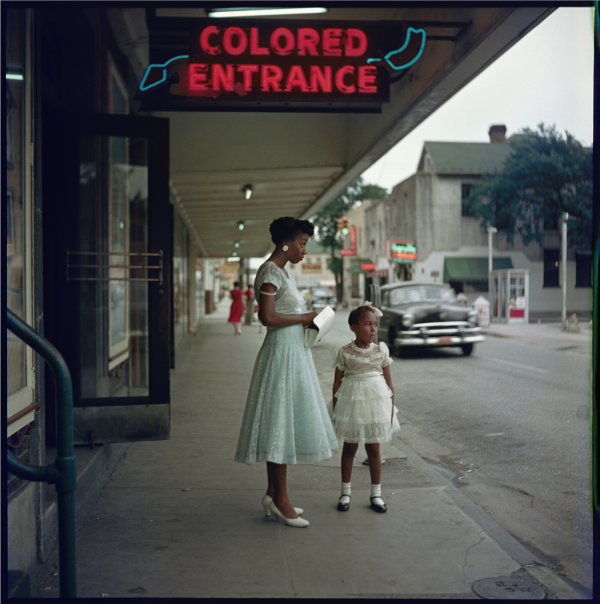
His photographs for Life magazine, namely his 1956 photo essay, titled “The Restraints: Open and Hidden,” illuminated the effects of racial segregation while simultaneously following the everyday lives and activities of three families in and near Mobile, Alabama: the Thronton’s, Causey’s, and Tanner’s. As curators at the High Museum of Art Atlanta note, while Parks’ photo essay served as decisive documentation of the Jim Crow South and all of its effects, he did not simply focus on demonstrations, boycotts, and brutality that were associated with that period instead, however, he “emphasized the prosaic details” of the lives of several families.
Parks returned to his hometown, Fort Scott, Kansas, where segregation persisted, and he documented conditions in the community and the contemporary lives of many of his eleven classmates from the segregated middle school they attended. The project included his commentary, but the work was never published by Life.
During his years with Life, Parks also wrote a few books on the subject of photography (particularly documentary photography), and in 1960 was named Photographer of the Year by the American Society of Magazine Photographers.
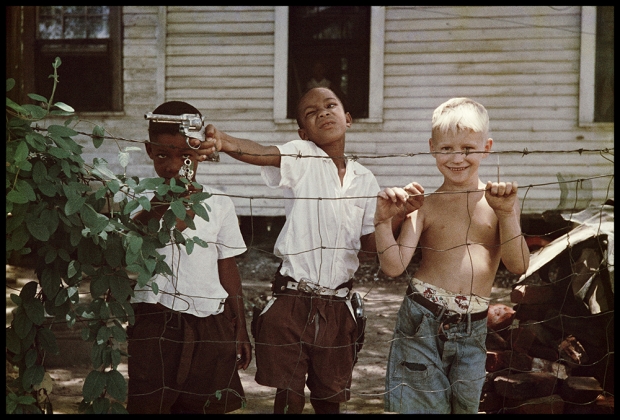
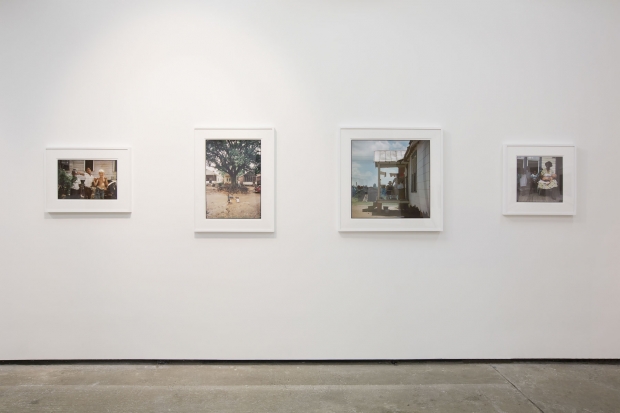
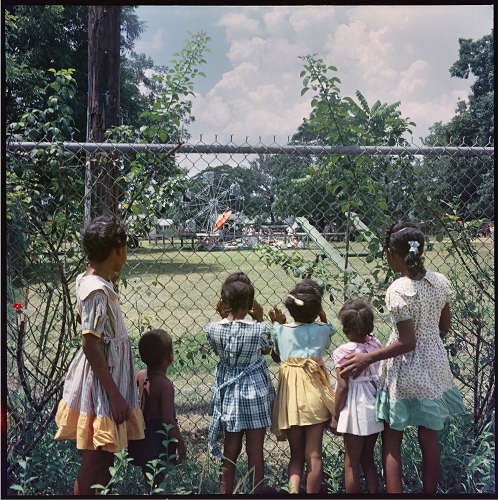
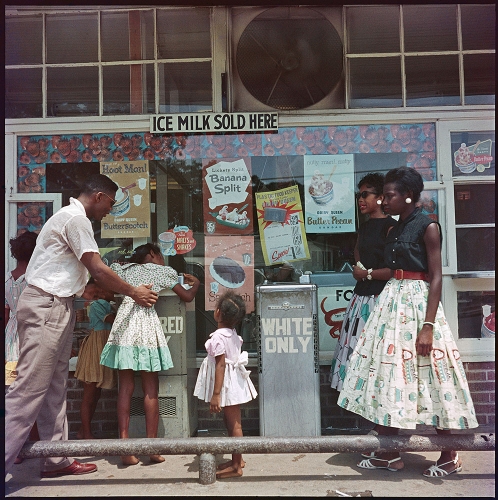
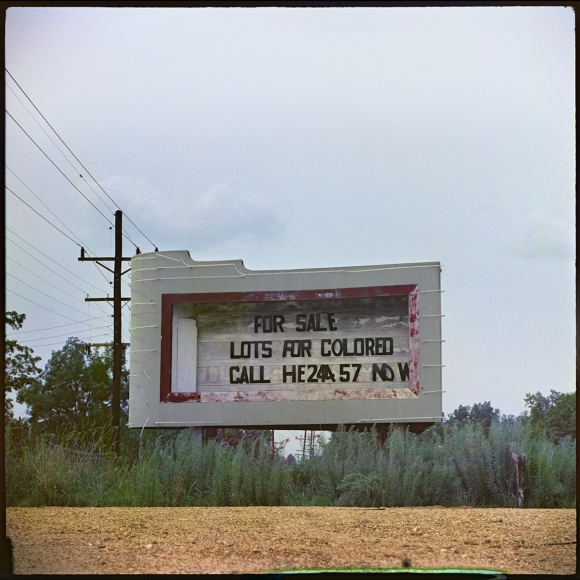
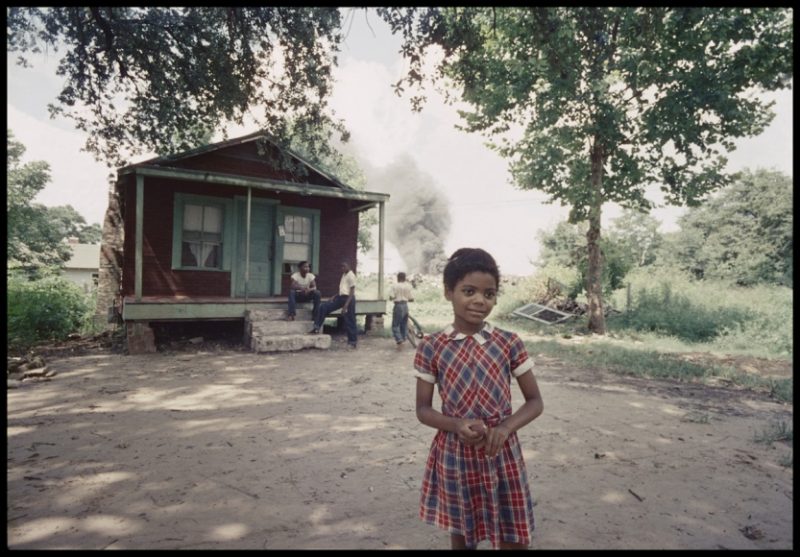
Photos: Gordon Parks Foundation
